Efficient IT asset management with a CMDB (Configuration Management Database) is essential for companies seeking security, productivity, and complete control over their technological infrastructure.
What is CMDB?
The CMDB (Configuration Management Database) is a database which stores detailed information about Configuration Items (CIs), including hardware, software, users, and their interdependencies. It functions as a dynamic map of the IT environment, allowing teams to have complete visibility and control.
Strategic benefits of CMDB:
-
Complete Visibility and Control:
A well-structured CMDB provides a comprehensive overview of all assets, eliminating guesswork and ensuring decisions are based on reliable data.
-
Cost Optimization:
By identifying underutilized or redundant assets, your company can reduce expenses and optimize technological investments.
-
Governance and Compliance Support:
Assists in compliance with regulatory standards and preparation for audits by providing accurate and organized data.
-
Problem Prevention and Resolution:
By quickly identifying connections and dependencies between assets, incidents can be resolved more quickly, reducing impacts on the business.
-
Support for Digital Transformation:
Initiatives such as cloud migration The adoption of new technologies requires a clear mapping of the current environment, something that CMDB offers with excellence.
How to Build and Manage an Efficient CMDB
Building a strategic CMDB requires planning., appropriate tools and ongoing management. Key elements include:
- Configuration Items (CIs): Single components that make up IT infrastructure, such as servers, applications, and devices.
- Identification and Reconciliation Rules: They ensure data consistency and eliminate conflicts between different sources.
- Relationships between ICs: Map interconnections and dependencies in the IT environment.
FAQ – CMDB and IT Asset Management
1. How does CMDB contribute to cost reduction?
With CMDB, it's possible to identify underutilized, redundant, or obsolete assets. This visibility allows for optimizing resource use, avoiding waste, and reducing maintenance and licensing costs.
2. What are the main challenges when implementing a CMDB?
Among the main challenges are data quality, the correct definition of Configuration Items (CIs), integration with other IT tools, and the continuous updating of information.
3. Is CMDB the same as an IT inventory?
No. The inventory only lists the assets, while the CMDB also maps the relationships and dependencies between them, offering a much more strategic and complete view of the technological environment.
4. What types of information are stored in the CMDB?
The CMDB stores data about servers, software, devices, applications, users, and their interconnections, as well as information about status, owners, and change history.
5. What is needed to keep a CMDB always up-to-date?
It is essential to have automated discovery processes, API integrations, and a well-structured governance to ensure the consistency, accuracy, and reliability of information.
4MATT's expertise in CMDB Management
This is where 4MATT establishes itself as an authority on the subject. With years of experience, we offer solutions that go beyond technical implementation, ensuring that the CMDB meets the strategic needs of each client. We are partners with ServiceNow, one of the most robust platforms on the market, allowing your company to manage the CMDB in an intuitive and integrated way.
By aligning the CMDB with your business objectives, 4MATT delivers tangible results, such as cost reduction, increased operational efficiency and full support for digital transformation.
If your organization is looking for agile, accurate and strategic IT asset management, count on 4MATT to transform challenges into opportunities. Get in touch and find out how CMDB can revolutionize your IT!



